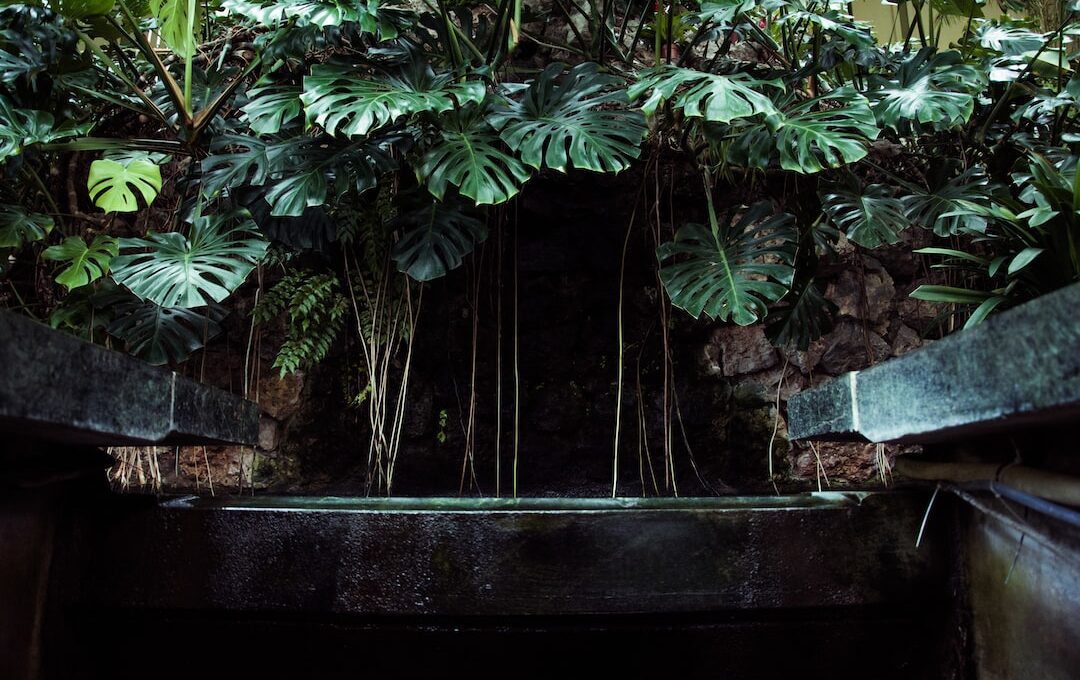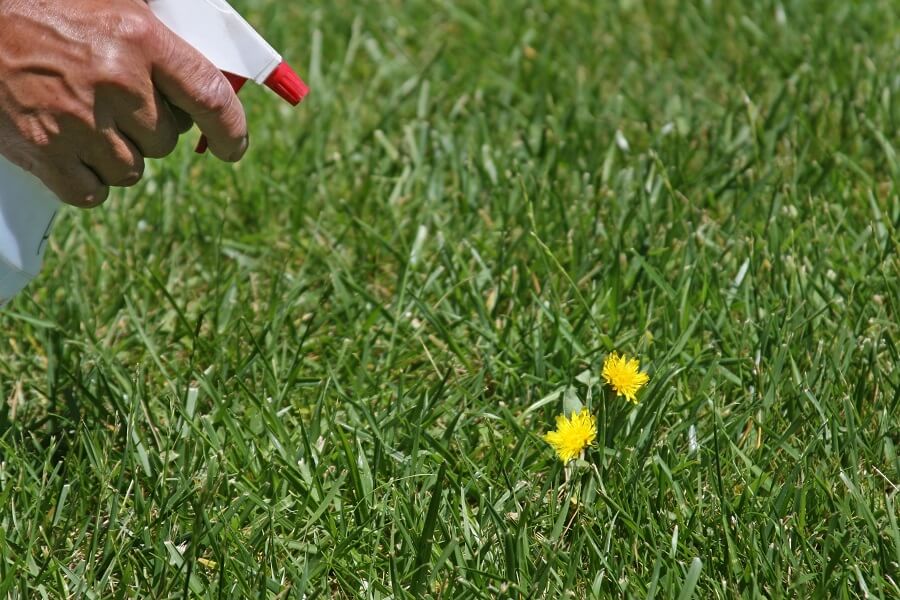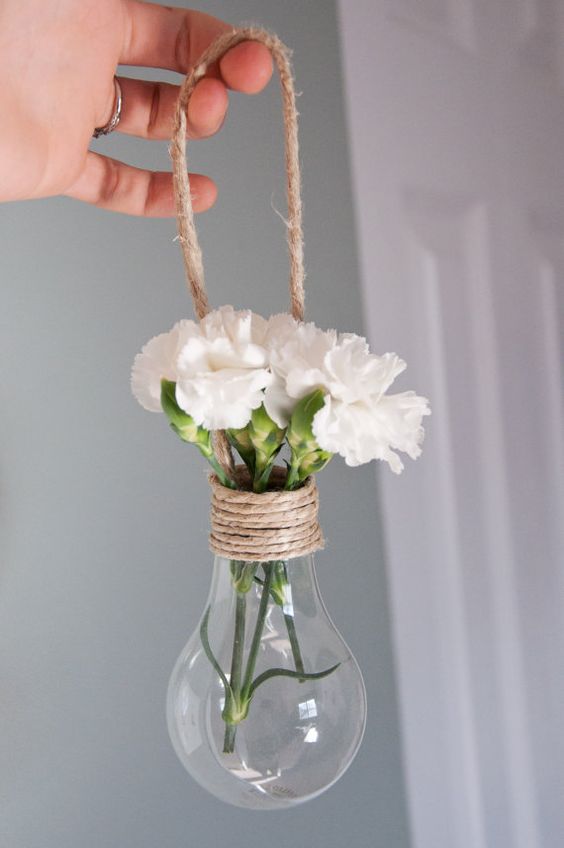Are you prepared to properly winterize your above ground pool?
It’s crucial to understand the importance of this process to ensure the safety and longevity of your pool.
In order to protect against potential damage caused by freezing temperatures, it’s essential to drain your pool to the appropriate level.
By following these guidelines, you’ll be able to safeguard your pool and equipment throughout the winter months.
First, consider the climate in your area, as this will help determine the ideal water level.
Additionally, make sure to follow the manufacturer’s guidelines for your specific pool model.
To further protect against debris and snow, use a reliable pool cover.
Lastly, don’t forget to regularly monitor and maintain the water chemistry, as well as schedule inspections and maintenance.
By taking these precautions, you’ll be able to enjoy a safe and worry-free pool season next year.
Quick Summary
- Draining the pool to the appropriate level is crucial for winterization and protection against freezing temperatures.
- The ideal water level prevents freezing, algae growth, and protects pool equipment.
- Using a reliable pool cover is important to protect against debris and snow.
- Regular monitoring and maintenance of water chemistry is essential for the safety and longevity of the pool.
Understand the Importance of Proper Winterization
You need to fully understand the importance of properly winterizing your above ground pool to avoid costly damage and ensure it’s ready for swimming next season. Winterization techniques are crucial in preparing for winter and protecting your pool from the harsh elements.
By following the proper winterization process, you can prevent freezing water from damaging your pool’s structure and equipment.
One of the first steps in winterizing your above ground pool is to drain the water to the appropriate level. This level will vary depending on your specific pool, so it’s important to consult your pool’s manufacturer guidelines. Typically, you should drain the water below the skimmer and return jets. This prevents ice from forming around these components and causing damage.
Another reason to drain your pool to the proper level is to prevent water from freezing and expanding within the pool walls. If the water level is too high, the pressure from the frozen water can cause cracks or even collapse the pool walls. By draining the water to the recommended level, you can minimize the risk of structural damage.
Proper winterization is essential for the longevity and safety of your above ground pool. Take the time to understand the necessary steps and follow them diligently to ensure your pool is protected during the winter months.
Consider the Climate in Your Area
Imagine living in a region where the climate plays a crucial role in determining how you prepare your pool for the upcoming season. When it comes to winterizing your above ground pool, understanding the climate in your area is essential for proper maintenance.
Consider these climate considerations for effective winter pool maintenance:
-
Snowfall: If you live in an area with heavy snowfall, it’s important to drain your pool below the skimmer level. This prevents the weight of the snow from causing any damage to the pool structure.
-
Freezing temperatures: In regions where freezing temperatures are common, it’s crucial to completely drain the pool to avoid any ice expansion that can lead to cracks or damage.
-
Winter precipitation: If your area experiences frequent rain or sleet during winter, it’s recommended to partially drain the pool. This prevents the water level from rising too much and overflowing, which can cause flooding in your yard.
By considering these climate factors, you can ensure the safety and longevity of your above ground pool during the winter season. Remember, always prioritize safety when it comes to winter pool maintenance.
Follow Manufacturer Guidelines
Taking the time to follow the guidelines provided by the manufacturer is crucial for ensuring the safety and longevity of your pool during the colder months. When it comes to pool winterization, each above ground pool is different, and the manufacturer knows best how to protect their specific design. Following their instructions will help you avoid any potential damage and keep your pool in good condition for years to come.
The manufacturer’s guidelines will typically provide specific instructions on how far to drain your above ground pool for winter. They’ll consider factors such as the pool size, materials used, and the climate in your area. It’s important to follow these guidelines carefully, as draining too much or too little water can cause problems. Draining too much water can lead to the pool collapsing under the weight of snow or ice, while not draining enough can result in freezing and cracking.
Additionally, the manufacturer may provide instructions on other important winterization steps. These may include adding winter chemicals, covering the pool with a winter cover, and protecting the pool equipment. By following these guidelines, you can ensure that your pool remains protected and ready for use when the warmer months return.
Remember, safety should always be a top priority when it comes to winterizing your pool. By following the manufacturer’s instructions, you can have peace of mind knowing that you’ve taken the necessary steps to protect your pool during the winter season.
Determine the Ideal Water Level for Your Pool
Maintaining the perfect water level in your pool can make all the difference in keeping it safe and ready for enjoyment during the winter months. It’s important to determine the ideal water level for your above ground pool to ensure proper pool maintenance and prevent any potential damage caused by freezing temperatures.
Here are a few key points to consider:
-
Prevent Freezing: Keeping the water level at the ideal height helps prevent freezing, which can lead to cracking or damaging your pool. It’s recommended to keep the water level at least 4-6 inches below the skimmer opening to allow for expansion if the water freezes.
-
Avoid Algae Growth: During the winter months, algae can still grow if the water level is too high. Algae thrive in warmer temperatures, so keeping the water level lower helps to maintain a cooler environment, inhibiting algae growth.
-
Protect Pool Equipment: Maintaining the ideal water level also protects your pool equipment from damage. If the water level is too low, it can cause the pump to run dry, leading to potential damage. Conversely, if the water level is too high, it can put excess strain on the equipment.
By understanding the importance of the ideal water level for your above ground pool, you can ensure the safety and longevity of your pool during the winter months. Regularly monitor and adjust the water level as needed, and consult your pool manufacturer’s guidelines for specific recommendations regarding your pool model.
Use a Pool Cover to Protect Against Debris and Snow
To ensure the cleanliness and safety of your pool during the colder months, using a pool cover is essential.
Pool cover benefits are numerous when it comes to winter pool maintenance. By covering your pool, you protect it from debris and snow, which can cause damage and make cleaning a hassle. Leaves, twigs, and other debris can clog your pool’s filter and create a breeding ground for bacteria and algae. A pool cover acts as a barrier, preventing these unwanted elements from entering your pool and saving you time and effort when it comes to maintenance.
In addition to keeping debris out, a pool cover also helps to retain heat. As temperatures drop, heat loss becomes a concern. A pool cover can help reduce heat loss by preventing evaporation and insulating the water. This not only helps to keep your pool at a comfortable swimming temperature but also saves energy and money by reducing the need for constant heating.
Lastly, a pool cover provides an extra layer of safety. It acts as a barrier, preventing accidental falls into the pool, especially for children and pets. During the winter months, when swimming is not in use, it’s crucial to keep your pool covered to avoid any potential accidents.
Using a pool cover during the winter months is a must for any pool owner. It offers numerous benefits, including protection against debris and snow, heat retention, and added safety. By investing in a pool cover, you can ensure that your pool remains clean, safe, and ready for use when warmer weather returns.
Prevent Freezing and Damage to Pool Equipment
Make sure you prevent freezing and potential damage to your pool equipment by properly winterizing it. Winterization methods and pool equipment maintenance are essential to keep your pool in good condition during the colder months. By following these steps, you can ensure that your pool will be ready for the next swimming season without any costly repairs.
One important aspect of winterizing your pool is to properly drain and remove water from all the pool equipment. This includes the pool pump, filter, heater, and any other accessories. The table below provides a quick overview of the steps you need to take to winterize your pool equipment:
| Equipment | Winterization Steps |
|---|---|
| Pool Pump | Disconnect, drain, and store in a dry place. |
| Pool Filter | Clean and remove any debris. Backwash and drain to prevent freezing. |
| Pool Heater | Turn off, drain, and properly cover. |
| Accessories | Clean and drain all accessories, such as skimmers and automatic cleaners. |
By properly winterizing your pool equipment, you can prevent freezing, cracking, and potential damage caused by ice. This will extend the lifespan of your equipment and save you money in the long run. Remember, safety should always be your top priority when it comes to pool maintenance.
Is the Amount of Water to Drain for Winter Different for Inground Pools vs. Above Ground Pools?
When it comes to winter inground pool drainage tips, it is important to note that the amount of water to drain may differ for inground pools compared to above ground pools. The main factor to consider is the depth of the pool and the potential for freezing. Inground pools generally have a lower risk of freezing due to their depth, so draining only a portion of the water may suffice. However, above ground pools should be emptied entirely to prevent damage from freezing temperatures.
Monitor and Maintain Water Chemistry
Monitoring and maintaining water chemistry is essential for keeping your pool in optimal condition throughout the year. It’s especially important during the winter months when your pool isn’t in use.
By maintaining the chemical balance and testing the water quality regularly, you can prevent any potential issues that may arise.
During the winter, it’s crucial to keep an eye on the chemical levels in your pool. This includes testing the pH, chlorine, and alkalinity levels. Maintaining the proper balance ensures that the water remains safe and sanitary, even when it’s not being actively used. Additionally, it helps to prevent the growth of bacteria and algae, which can cause damage to your pool equipment.
Regularly testing the water quality is also essential. This involves checking for any changes in clarity, color, or odor. If you notice any abnormalities, it’s important to take immediate action to address the issue. This may involve adjusting the chemical levels or seeking professional assistance.
By monitoring and maintaining the water chemistry in your above ground pool, you can ensure that it remains in optimal condition throughout the winter. This not only protects your investment but also provides a safe and enjoyable swimming experience when the pool season returns. Remember, safety should always be your top priority.
Schedule Regular Inspections and Maintenance
Regularly scheduling inspections and maintenance is crucial to ensure the optimal condition of your pool, keeping it safe and ready for swimming when the season returns. By following a regular maintenance routine, you can identify and address any issues before they become major problems.
Here are some important tasks to include in your regular inspections and maintenance:
-
Check the pool for any cracks or leaks. These can lead to water loss and potential structural damage, so it’s important to address them promptly.
-
Inspect the filtration system and clean or replace the filters as needed. This will ensure that the water remains clean and clear.
-
Test the water chemistry regularly to maintain the proper balance of chemicals. This will help prevent algae growth and ensure the safety of the water.
-
Clean the pool thoroughly, including skimming the surface, vacuuming the bottom, and brushing the walls and tiles. This will help maintain the cleanliness and appearance of the pool.
-
Inspect and maintain the pool equipment, such as pumps, heaters, and lights. This will ensure they’re functioning properly and reduce the risk of accidents.
Remember, regular inspections and maintenance not only keep your pool in optimal condition, but they also contribute to the safety of your swimming experience. So, make it a priority to schedule these tasks regularly to enjoy a worry-free and safe swimming season.
Frequently Asked Questions
How do I properly winterize my above ground pool?
To properly winterize your above ground pool, start by cleaning and balancing the water. Remove any debris and vacuum the pool. Then, add winter chemicals and lower the water level. Finally, cover the pool with a secure pool cover to prevent damage during winter pool maintenance.
What should I consider when determining the ideal water level for my pool?
When determining the ideal water level for your above ground pool, there are important factors and considerations to keep in mind. These include the pool’s size, freezing temperatures, and the need to prevent damage to the pool’s structure.
How can I prevent freezing and damage to my pool equipment during the winter?
To prevent freezing in your above ground pool and protect your pool equipment from winter damage, it’s important to take necessary precautions. Insulate your pipes, use a pool cover, and consider using a pool antifreeze to keep everything in good condition.
What steps should I take to monitor and maintain the water chemistry in my above ground pool during the winter?
To monitor and maintain water chemistry in your above ground pool during winter, regularly test pH and chlorine levels. Adjust as needed to ensure proper water quality. This will help prevent algae growth and maintain a safe swimming environment.
How often should I schedule inspections and maintenance for my above ground pool during the winter season?
To ensure the safety of your above ground pool during winter, it’s important to schedule regular inspections and maintenance. By doing so, you can identify any potential issues and address them promptly, keeping your pool in top condition.
Conclusion
In conclusion, make sure you properly winterize your above ground pool to avoid any potential damage. Consider the climate in your area and follow the manufacturer’s guidelines for draining.
Keep the water level at the ideal amount and use a pool cover to protect against debris and snow.
Prevent freezing and damage to your pool equipment by monitoring and maintaining water chemistry.
Lastly, schedule regular inspections and maintenance to ensure your pool stays in top condition. Happy swimming!









